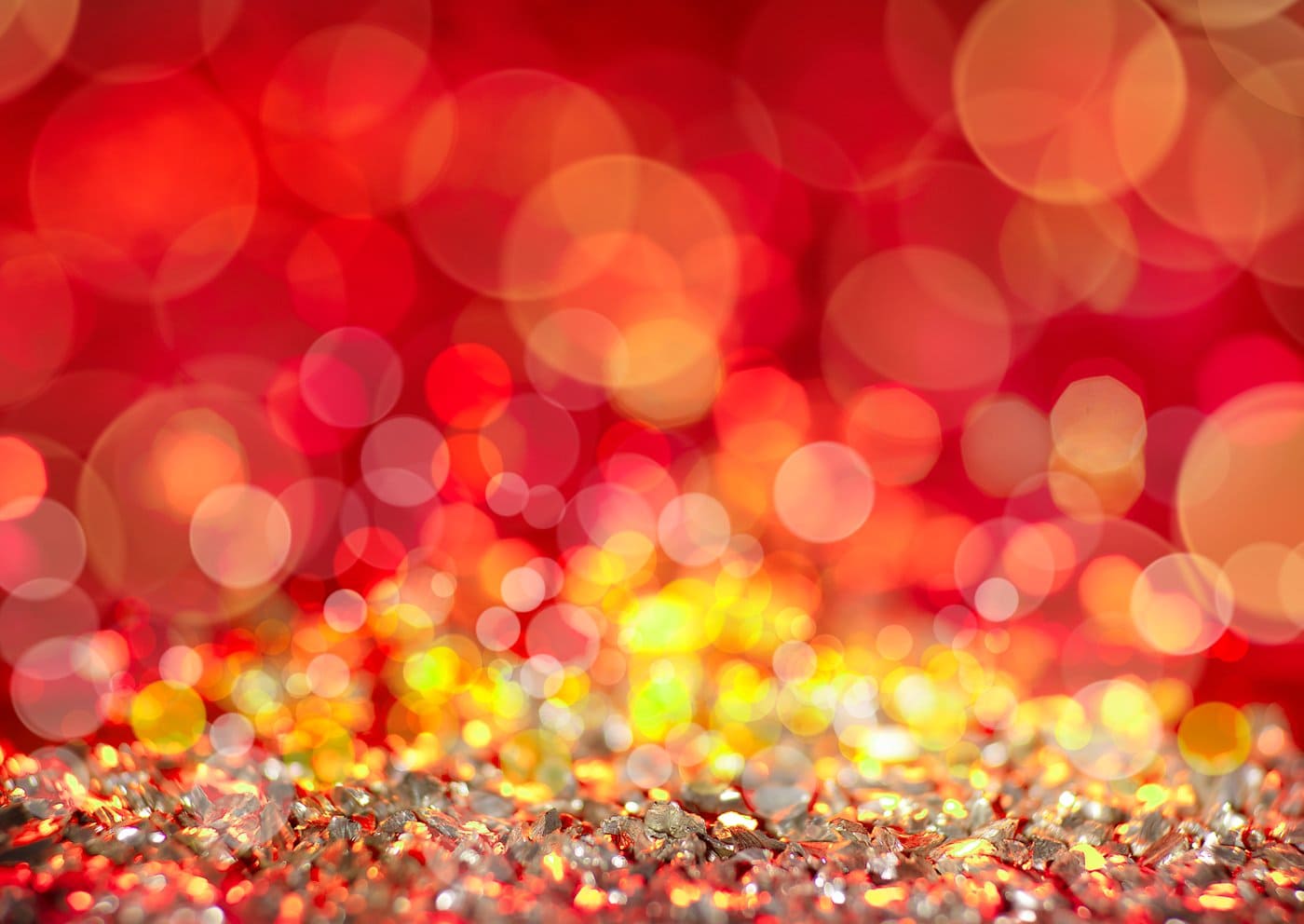

With this, you are going to be able to handle everything and reach the exact effect you wish for.īut in this case, Aperture priority mode can be a comfortable choice as aperture plays the biggest role in creating bokeh.
BOKEH LIGHTS MANUAL
To have full control over your images, choose the manual mode. I usually remove a significant amount of noise within minutes using Lightroom’s noise reduction tool. You can use a program like Photoshop or Lightroom to reduce their intensity. If your results look too grainy, don’t delete them immediately. Keep in mind that most editing programs have effective noise reduction tools. But it can decrease sharpness, so make sure not to lower the quality of your images too much. Only you can determine how much noise is too much for your taste.

BOKEH LIGHTS ISO
But a high value, like ISO 3200 can result in a lot of digital noise if your camera is not ISO invariant. Most modern cameras can handle a large amount of ISO due to ISO invariance. The smaller your f-number (like f/1.8), the blurrier your photos will look, and the more bokeh you’ll be able to capture.įor the softest results, I recommend using the smallest f-number possible.įor example, f/1.4 will make your photos look like this:Īs you might be shooting among low light conditions, you will need to set your camera to a higher ISO. It’s because it results in a shallow depth of field in your images.īokeh is when the lens blurs small spots – that are out of focus – into wider circles.
BOKEH LIGHTS HOW TO
Using this technique to separate your subject from the background can also allow you to utilize a not-so-photogenic background in your image-but because of its diffused blur, it helps to “highlight” the subject, not detract from it.How to Achieve Christmas Bokeh with Your Camera Settings How to Set Your Apertureīokeh can be created by using a wide aperture (a small f-number). When purposely photographed out-of-focus, these normally harsh or bright objects become soft, pastel, diffused orbs of glowing light.īokeh can add softness to an otherwise brightly lit photograph. An often-photographed subject that is an extreme example of bokeh is photographing a grouping of holiday lights or other highly reflective objects. Close-up and macro images of flowers and other objects in nature are also popular subjects to photograph that shows off bokeh in the image. The most photographed subjects showing nice examples of bokeh are portraits. You could also use the Flexible Program mode, choosing the widest possible aperture/shutter speed combination. Manual gives you the ability to choose both your aperture and shutter speed, whereas Aperture Priority allows you to choose the f/stop while the camera chooses the appropriate shutter speed for the exposure. You’ll want to shoot with the lens wide open, so you’ll want to use a shooting mode of Aperture Priority or Manual. Highlights hitting the background will show more visible bokeh too, so if you’re using a backlight, side light or a hair light, the bokeh may be more pleasing to the eye. The more shallow the depth-of-field, or further the background is, the more out-of-focus it will be. You can do this by decreasing the distance between the camera and subject. To increase the likelihood of creating visible bokeh in your photographs, increase the distance between your subject and the background. By increasing the distance between the background and your subject, you can see bokeh in images that are shot at smaller apertures like f/8. A lens with more circular shaped blades will have rounder, softer orbs of out-of-focus highlights, whereas a lens with an aperture that is more hexagonal in shape will reflect that shape in the highlights.ĭon't worry if you don't own a very fast lens. Usually seen more in highlights, bokeh is affected by the shape of the diaphragm blades (the aperture) of the lens. Best Lens for BokehĪlthough bokeh is actually a characteristic of a photograph, the lens used determines the shape and size of the visible bokeh. Many photographers like to use fast prime lenses when shooting photographs that they want visible bokeh in. You’ll want to use a lens with at least an f/2.8 aperture, with faster apertures of f/2, f/1.8 or f/1.4 being ideal. To achieve bokeh in an image, you need to use a fast lens-the faster the better.


 0 kommentar(er)
0 kommentar(er)
